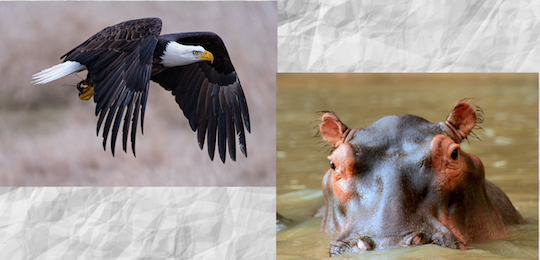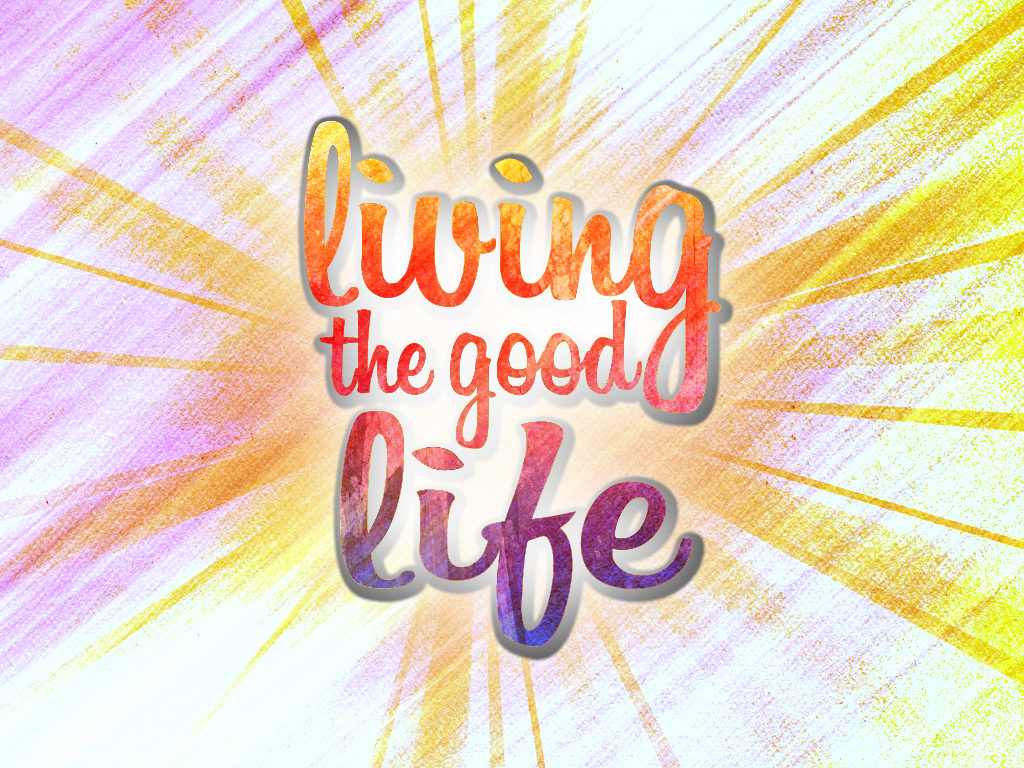“When we know how to read our own hearts, we acquire wisdom of the hearts of others.”
—Denis Diderot, 18th Century French philosopher, art critic, and writer

Image from Unsplash by Jon Tyson
What comes to mind when you think about poetry?
In recent years, I’ve shifted considerably from a judgmental, sappy view to a more open, welcoming view of this art form.
For most of my years, I just didn’t get it, and it was far easier to disregard the hidden messages that went over my head, as clearly not meant for me.
It was a bit over nine years ago, following my mom’s passing, that I read The Book of Awakening by Mark Nepo. It seemed like none of my normal reading efforts hit home and my heart needed filling far more than my head.
It was then that I began to more fully explore aspects of my heartfelt emotions and feelings as a basis of connecting with others, especially family and friends.
EXERCISE:
How might playing with a bit of poetry help you read your own heart better?
What would be the benefit of acquiring the wisdom of the hearts of others in your various communities?








